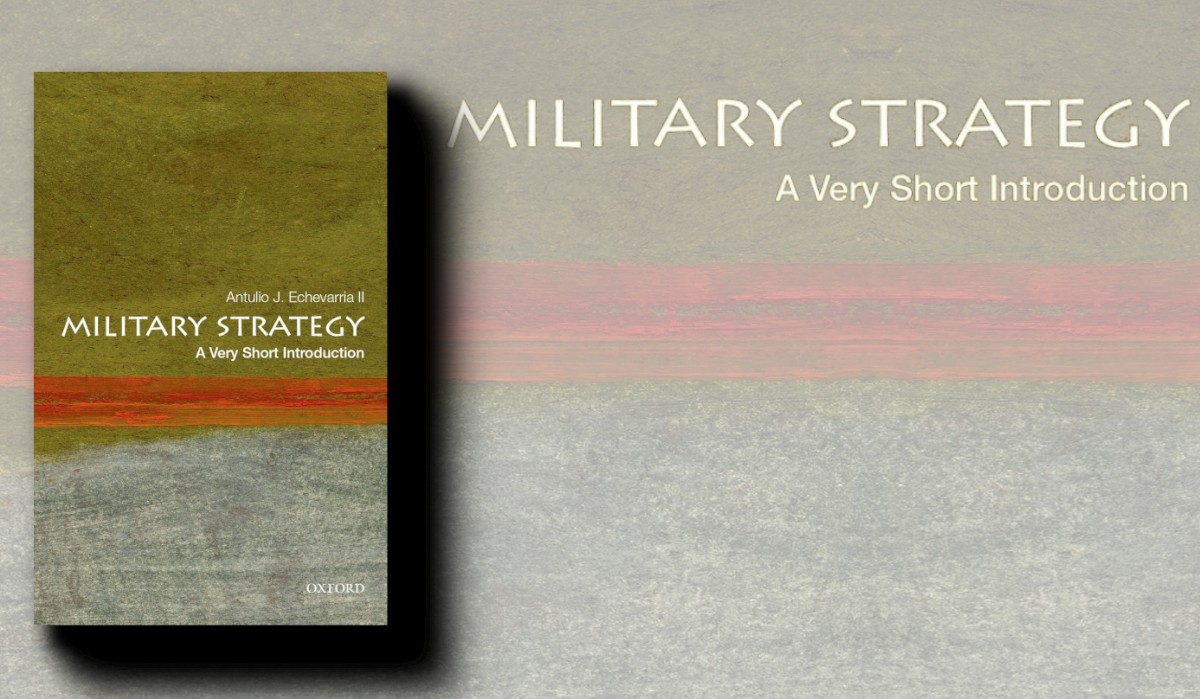The content in this article is an extract of Spotlight Brief 4/21.
Clarifying the Relationship of Design Thinking to the Military Decision-Making Process
University of South Florida – Nov 20
This doctoral thesis by Thomas Fisher proposes a new model of military decision making that better enables commanders to operate in increasingly complex environments. It takes the pre-existing US Army planning and applies design thinking to create a model better able to cope with a broad range of interconnected aspects. Fisher has built upon the advice and experiences of senior US planners involved in operations over the past 20 years. He also cuts through existing debates within the US Department of Defense over design thinking. Fisher argues that there are four key advantages of his new model. They are related to creating new intellectual ‘spaces’ where close consideration allows a better definition of success, more opportunities to develop courses of action and the ability to update the problem as the campaign progresses – all in a more complex environment. Fisher’s work has also allowed him to question the current doctrinal break-up of the Operations and Planning Staff – proposing a variation that allows better use of design thinking and providing commanders more flexibility and depth.
Related:
‘Sustaining the fight – what we learned in discovery’, Defence Digital, 01 Apr 21
‘Design Thinking’, Joint Forces Quarterly, 30 Mar 21
‘An Irregular Upgrade to Operational Design’, War on the Rocks, 19 Mar 21
‘The Death of Critical Thinking in the Military? Here’s How to Fix It’, Real Clear Defense, 14 Jan 21
‘Design Thinking: Applications for the Australian Defence Force’, Joint Studies Paper Series, Dec 19
The Nagorno-Karabakh war: a spur to Moscow’s UAV efforts?
The International Institute for Strategic Studies – Mar 21
The gap between Russian and Western capabilities in UAVs has been steadily growing. At the same time, while having significantly more air defence capabilities than Western militaries, the performance of Russian systems against UAVs across the Middle East and Northern Africa has been patchy. In looking at their UAV capabilities, Julian Cooper highlights that Russian procurement procedures, missing technical capabilities and inter-service rivalry have been the leading causes of lag, with little chance of this improving. In counter-UAV areas, Cooper shows that the Nagorno-Karabakh war and Russian operations in Syria have led to an uptick in dedicated counter-UAV and loitering munition exercises. The Defence Ministry is also pursuing electronic counter-UAV systems as well as guns and missiles. This aspect of Russian UAS operations has seen more success, especially since the end of 2020.
Related:
‘Russia’s real-world experience is driving counter-drone innovations’, Defense News, 23 May 21
‘Russian UAV Technology and Loitering Munitions’, Eurasia Daily Monitor, 05 May 21
‘Strength in Numbers: Russia and the Future of Drone Swarms’, Modern War Institute, 20 Apr 21
‘Learning the lessons of Nagorno-Karabakh the Russian way’, The International Institute for Strategic Studies, 10 Mar 21
‘The Second Karabakh War: Lessons and Implications for Russia (Part One)’, Eurasia Daily Monitor, 05 Jan 21
Advancing Prehospital Combat Casualty Evacuation: Patients Amenable to Aeromedical Evacuation via Unmanned Aerial Vehicles
Military Medicine – Mar 21
Although all militaries are considering possible roles for uncrewed platforms, it is still not clear that the uncrewed platforms are feasible for replacing or augmenting current platforms for all of the tasks military planners envisage. The authors rectify this problem for medical missions through research into battle casualties in Operation Enduring Freedom between January 2011 and March 2014. They established that half of the casualties did not require lifesaving intervention while being transported, meaning that a UAV could have provided that capability. They also identified the most likely injury types that UAVs could evacuate, freeing up a crewed platform for more complicated injuries. The result of this research is a better understanding of how to manage a modern evacuation system involving UAV’s.
Related:
‘Milrem Robotics’ THeMIS UGVs used in a live-fire manned-unmanned teaming exercise’, European Defence Review, 20 May 21
‘Army Seeks Robots to Transport Wounded Troops’, National Defense, 01 Apr 21
‘Cormorant’, Tactical Robotics, 31 Jan 21
‘Theseus, Daedalus and Icarus’, The Wavell Room, 22 Jan 21
‘CityHawk EVTOL Gets Off The Ground Following Initial Orders’, Clean Technica, 06 Jan 21



